Chapter 10 Center of Gravity/Mass
Objectives
When you
have completed chapter 10, you should be able to:
1. ... define "center of gravity of an object".
2. ... define "center of mass of an object"
3. ... discuss the similarities and differences between the center of gravity
and center of mass.
4. ... compare the motions of the center of gravity of a projectile to the
motion of some other point on the projectile.
5. ... find the center of gravity of an object at least 2 different ways.
6. ... describe the conditions necessary for an object to topple.
7. ... predict whether an object will topple, knowing the location of its center
of gravity and its area of support.
8. ... distinguish among stable equilibrium, unstable equilibrium, and neutral
equilibrium, and discuss the conditions for each.
10. ... give examples of how a human adjusts her center of gravity in different
situations.
Review
Why should I
want to know this?
The arbitrary motion of a rigid body can
always be separated into a translational motion of the CM of the body, and a
rotation about an axis through the CM of the body. This greatly
simplifies the analysis of the motion of the body.
Center of Gravity/Mass
CM
and CG are Equivalent in most cases
It's good idea
to just use CM rather than CG, but you will see both used interchangably.
Exceptions
-
Zero Gravity
-
No CG but
still has CM
Like moon, CG
is closer to Earth than CM because greater effect of Earth gravity on side
nearest Earth
Not Geometric Center for Non-homogeneous or composite objects
Variable
densities or mass distributions
Examples
Most
machines, vehicles, tools, weapons
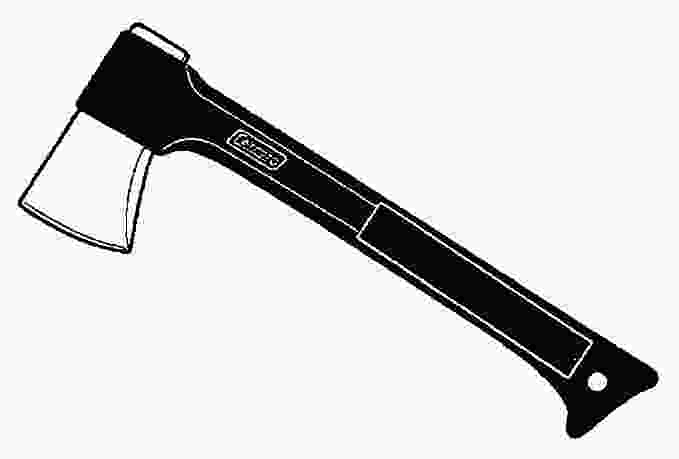
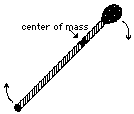
Boat, car,
Axe, hammer, spear
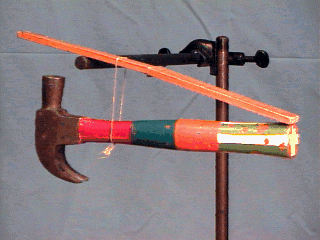
Can/Does it
change?
Non-rigid bodies, possibly. – like animals,
body position dictates, some animals use tails for balance
-
not for Rigid bodies, no. –
it’s fixed
Examples of changing CG
A dangerous
condition occurs when cargo or passengers move suddenly within a moving
vehicle. If all of the passengers in an airliner ran to one side of the plane,
it could be a problem.
Shifting cargo
often causes rollovers in freight trucks by shifting the CG of the
trailer/load combination.
Race cars
handling changes as they burn off fuel. This changes the CG and can either
improve or worsen a cars handling
CG
of common items
-
Ball bat - near sweet
spot
-
People - in middle of
body slightly below navel
-
Solar System – moves depending
on position/alignment of planets
-
Basketball, Goodyear Blimp –
in middle where there’s only air or helium
-
Airplanes – usually near wing
level
-
Ships – below water line
-
Race cars – below axles
-
SUV’s – above axles
-
Motorcycles – between ankles
Methods of
determining
-
Hang from one point, draw vertical line. Hang
from a different point, draw vertical line. Intersection of lines is CM
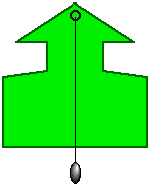 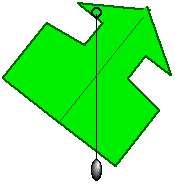 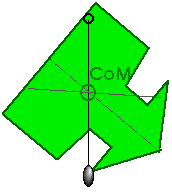
-
Balance on fulcrum (fingers)
-
Geometric Primitives or Calculus
-
CAD System
Motion of CG
-
Straight lines – Follows
Newton’s First Law

-
Parabolic Trajectories –
Review ‘Projectile Motion’
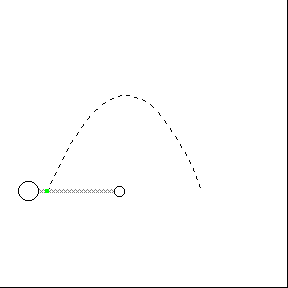
Equilibrium
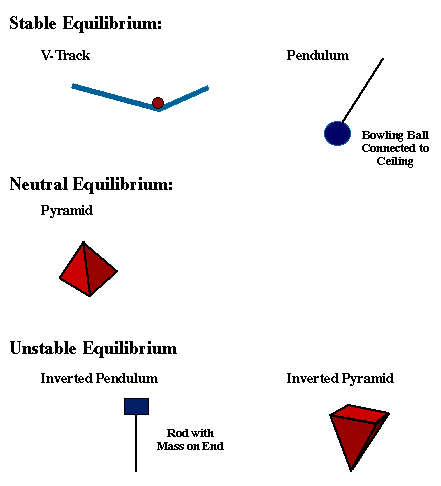
Bodies always seeks position of lowest potential energy
Equilibrium State defined by motion of CG when object displaced
Stable
-
CG rises with displacement

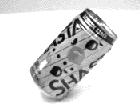
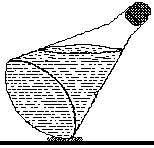
Unstable
-
CG lowers with displacement
Neutral
-
No change in height of CG (can move
laterally)
Toppling
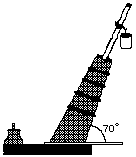
-
Objects topple when CG is not
above Support Area
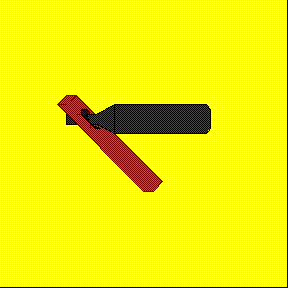
 SEGWAY SEGWAY

SUMO - AKEBONE
|